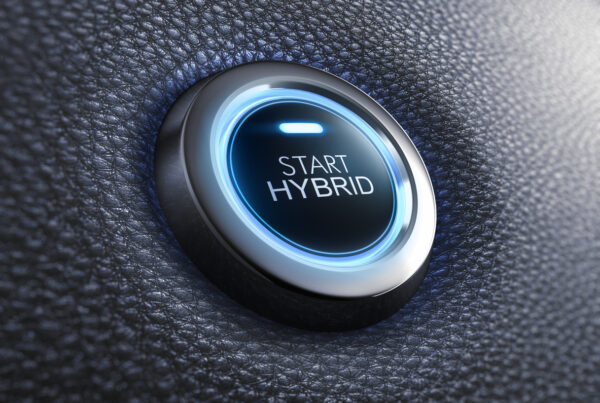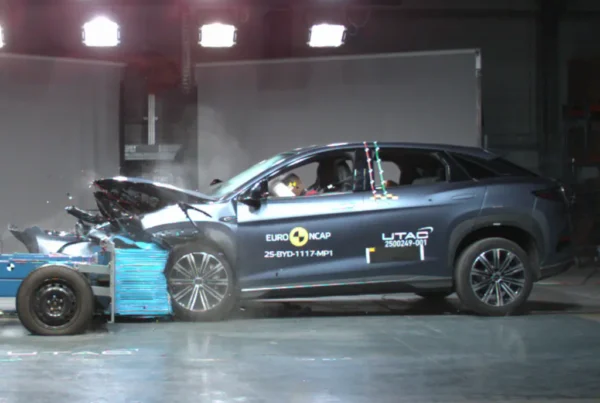The Mitsubishi Triton has secured a five-star safety rating from ANCAP, Australasia’s independent authority on vehicle safety. This rating makes the Triton the first dual cab Ute to be evaluated and pass the comprehensive 2023-2025 rating criteria.
During the series of rigorous crash tests, the Triton showed outstanding levels of protection for adult and child occupants. It scored maximum scores for the passenger in the frontal offset test. The vehicle also scored well both the full-width frontal and oblique side pole tests. Furthermore, it garnered maximum protection scores in frontal and side impacts.
However, some concerns were raised regarding the smaller rear passenger, who demonstrated a potential for chest and upper leg injuries in certain crash scenarios.
When assessed for the potential risk the vehicle might pose to occupants of another vehicle in a crash, the Triton performed moderately. According to ANCAP, the vehicle’s front design also rated well in pedestrian impact tests, particularly for potential leg and pelvis injuries.
“This rating demonstrates Mitsubishi’s determination and ability to design, build, and deliver a five-star product. Dual cab utes are significant both as tool-of-trade vehicles and family staples, so it’s essential for manufacturers like Mitsubishi to meet and exceed rigorous safety standards,” said ANCAP Chief Executive Carla Hoorweg.
Safety Technologies
The Triton achieved a 70 percent score in terms of its safety assist technologies. It is equipped with an autonomous emergency braking (AEB) system capable of detecting vehicles, pedestrians, cyclists, and motorcyclists. However, the system lacks the capacity to handle more complex scenarios such as T-bone and head-on collisions.
A direct Driver Monitoring system (DMS) is also standard in this model.
“Direct driver monitoring systems are relatively new across the market, with the Triton being one of the first direct DMS systems we’ve assessed locally. The Triton met ANCAP protocol requirements in alerting for fatigue and distraction, however, Mitsubishi’s implementation of this system could be improved by reducing unnecessary warnings to the driver,” explained Ms. Hoorweg.
Hoorweg further commented on the potential for future enhancements, “Utes typically have longer model lifecycles than passenger cars. This provides Mitsubishi a great opportunity to introduce additional functionalities and improve the performance of onboard systems in future revisions.”
ANCAP’s full safety report on the Mitsubishi Triton can be found here.
Did you find this article interesting? Click the ‘heart’ button above to give it a ‘like’!



















